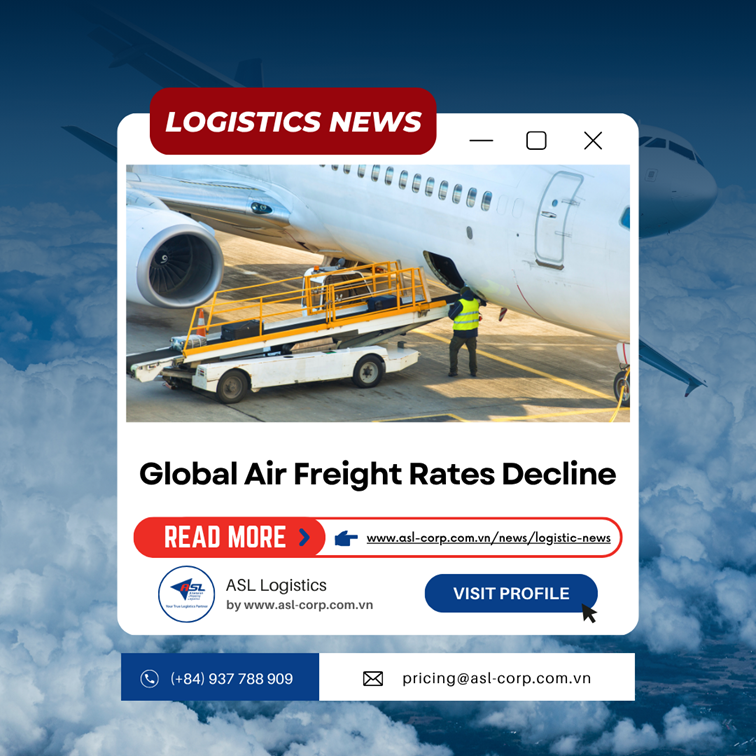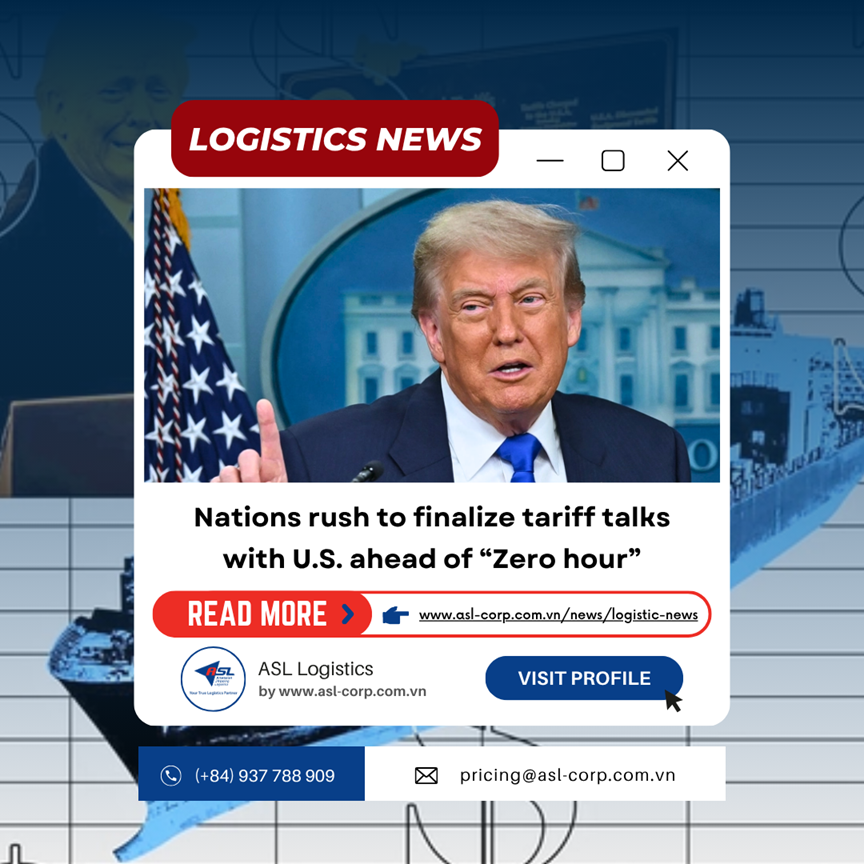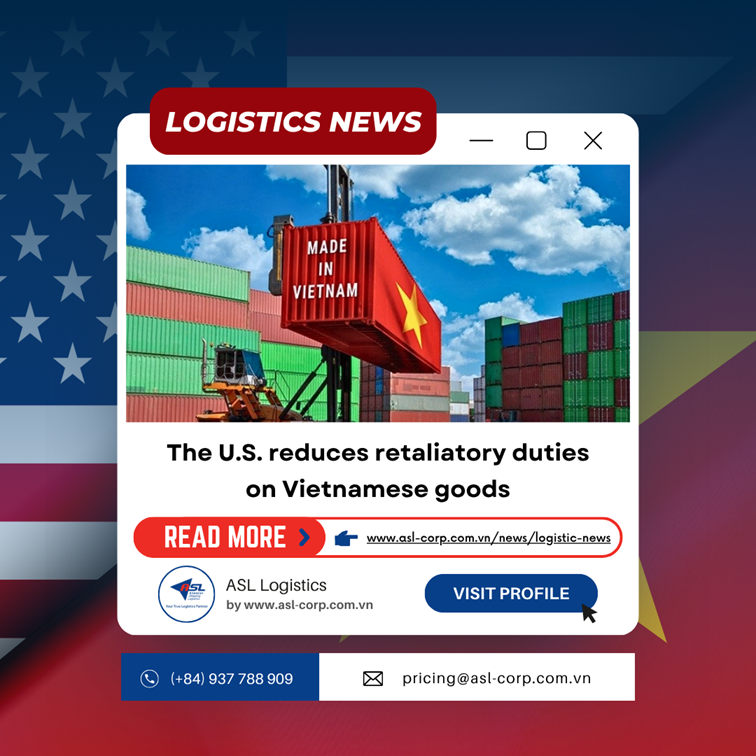Logistic News
"GREEN LOGISTICS IS INDISPENSABLE FOR THE SURVIVAL OF VIETNAMESE BUSINESSES"
12 July 2025
Green logistics is not only a long-term goal but also a present opportunity for businesses to thrive amid the global shift toward sustainable development, according to the VCCI Chairman.
At the forum titled "Green Logistics – Momentum Amidst Volatility" on July 11, Pham Tan Cong, Chairman of the Vietnam Chamber of Commerce and Industry (VCCI), stated that standards such as ESG, Net Zero, and carbon border taxes are gradually becoming technical barriers that compel businesses to undergo transformation in order to survive.
"Therefore, green logistics is no longer a choice but a vital condition for the survival of Vietnamese enterprises within the global sustainable development strategy," he emphasized.
Mr. Cong cited a survey by the VCCI’s Vietnam Business Council for Sustainable Development, indicating that global supply chains are setting increasingly high requirements for greening all links in the chain—including design, operations, procurement, logistics, and waste management.
Sharing the same view, a representative of the European Chamber of Commerce in Vietnam (EuroCham) pointed out that Vietnam faces challenges in accessing the EU market due to unclear policies and underdeveloped infrastructure. However, he noted that Vietnam currently has a golden opportunity to invest in a modern, efficient, and sustainable logistics system.
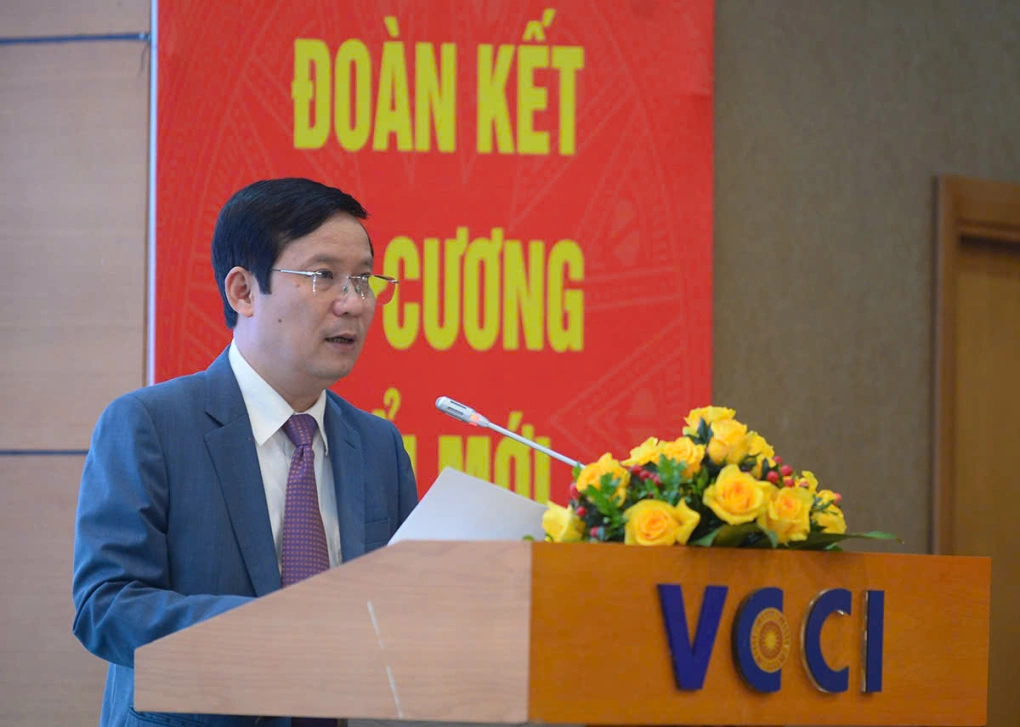
VCCI Chairman Pham Tan Cong speaks at the forum on July 11. Photo: Pham Minh
Logistics and transportation are major sources of emissions, particularly the maritime transport sector, which consumes large amounts of fuel. According to the International Maritime Organization (IMO), the fuel used must contribute to carbon emission reduction, aiming for net-zero emissions by 2050.
In reality, green logistics is one of the key pillars of Vietnam’s National Green Growth Strategy for the 2021–2030 period, with a vision to 2050. Under Prime Minister’s Decision 882, logistics is listed among 18 core topics in the National Green Growth Action Plan, with green energy transition in the transport sector identified as a pioneering step.
At the forum, Tran Thanh Hai, Deputy Director of the Import-Export Department under the Ministry of Industry and Trade, stated that green logistics acts as an "economic shield" helping businesses cope with fluctuations in transport costs, fuel prices, and meet new carbon tax requirements from the EU market.
However, Mr. Hai also acknowledged that small and medium-sized enterprises (SMEs) still face difficulties due to underdeveloped infrastructure, high investment costs, and a lack of experts in green transformation.
To achieve a green energy transition, he suggested that transport vehicles should utilize renewable electricity, hydrogen, or LNG. Businesses are also encouraged to shift cargo to waterways and railways, which offer higher transport capacity. In addition, companies need to optimize their processes by increasing shipment sizes, reducing empty runs, and building smart warehouses and ports.
From the VCCI’s perspective, the organization has developed the Corporate Sustainability Index (CSI) to help businesses self-assess their "sustainable development health." This allows them to build actionable plans, improve weak areas, and attract investment more effectively.
From the business viewpoint, Mr. Yap Kwong Weng, CEO of Vietnam SuperPort, emphasized that the key priority now is to promote integrated multimodal logistics models. At the same time, he stressed the need for regulators to create a sustainable policy and financial framework to support meaningful green transformation.
Vietnam SuperPort is piloting a new model in the country, integrating air cargo terminals, bonded warehouses, general warehouses, and cross-border transportation solutions. According to Mr. Yap, this model is still uncommon in the region but holds the potential to create a “structural advantage” for Vietnam in global supply chains.
"We're not pursuing traditional industrial zones, but focusing on optimizing existing assets to increase operational efficiency," he explained. For example, the system aims for cross-border connectivity, with transport routes running from China through Hai Phong Port—creating a strategic advantage within the regional logistics network.
Source: VnExpress

Head Office
ASL Hồ Chí Minh
Số 31/34A Ung Văn Khiêm, Phường Thạnh Mỹ Tây, TP. Hồ Chí Minh, Việt Nam
 Công Ty Cổ Phần Giao Nhận Vận Tải Mỹ Á
Công Ty Cổ Phần Giao Nhận Vận Tải Mỹ Á
 (+84)28 3512 9759
(+84)28 3512 9759
 (+84)28 3512 9758
(+84)28 3512 9758
 pricing@asl-corp.com.vn
pricing@asl-corp.com.vn
 mdirector@asl-corp.com.vn
mdirector@asl-corp.com.vn
 www.asl-corp.com.vn
www.asl-corp.com.vn
LOGISTICS SERVICES










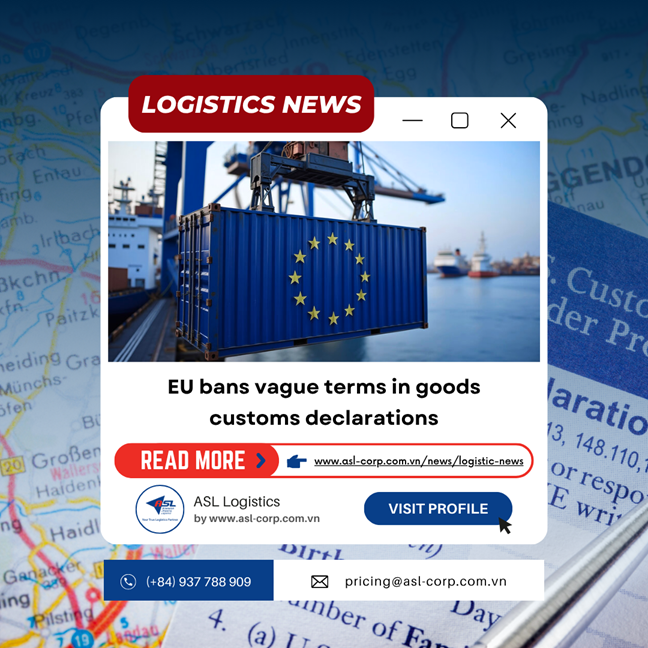
.png)
.png)


